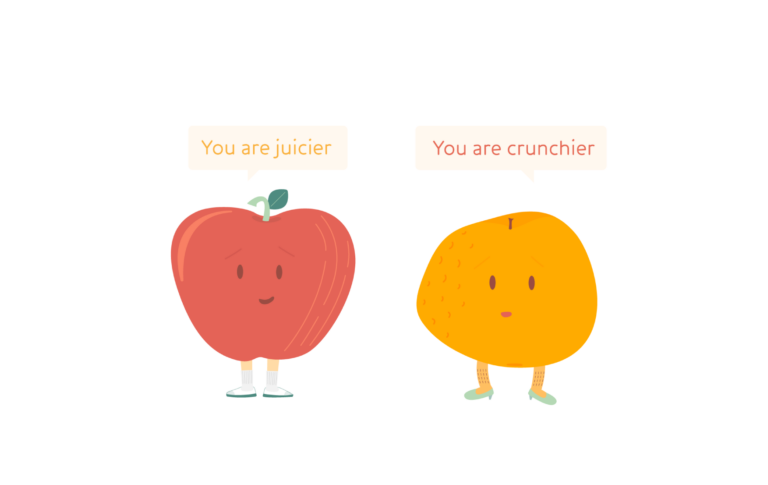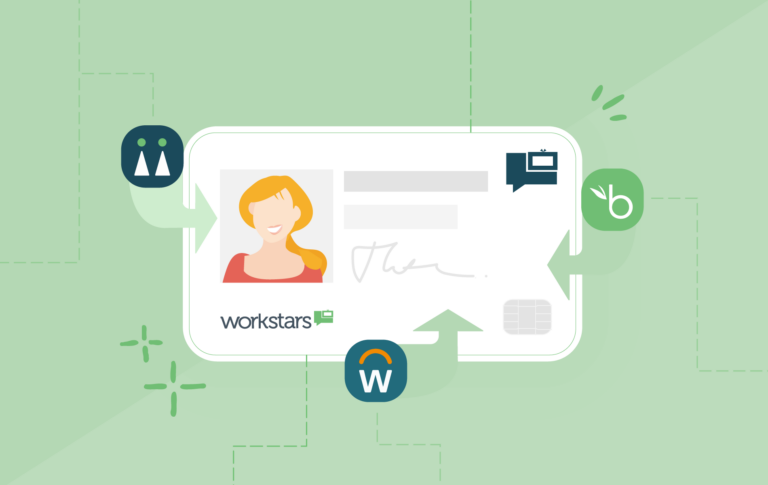Does regular real-time recognition matter?
Picture the situation. It’s Monday morning. You and your significant other are getting ready for work. As you’re preparing a sandwich to take to work, you surprise them and make them one too, just the way they like it. Then you go upstairs. They walk in the kitchen, see it and pick it up.
What happens next will no doubt have a bearing on your sandwich making favours over the coming days and weeks.
Scenario one: They make a point of noting what you did for them by immediately heading to the bottom of the stairs and shouting their thanks.
Scenario two: By the time you’ve come downstairs they’ve packed the sandwich, put their coat on, shouted at the kids several times to get in the car and they’re rushing out of the door. But on their return home that evening they remember and say thanks.
Scenario three: A few weeks later, you get a vague ‘Thanks for doing me a sandwich when you’re doing yours’ type comment.
Scenario four: They eat it then it’s completely forgotten about.
Which scenario leaves you with a real sense appreciation? Definitely the first one and probably scenario two as well. After that your other half may be on thin ice when it comes to benefiting from your sandwich making gestures. Which is a shame. Irrespective of environment, healthy relationships need to convey a sense of appreciation of one other. But it goes beyond that because appreciation must be demonstrated regularly and, as far as possible, in the moment.
Why? In large part, thanks to dopamine, a neurotransmitter which stimulates the parts of the brain that process rewards and create emotions like enjoyment and satisfaction. Praise, acknowledgement and appreciation all cause dopamine production. Get that hit of dopamine and you’ll want another. That means, in the working environment as well as in the privacy of your kitchen, you’re more inclined to repeat the behaviour.
But dopamine wears off quickly. It takes regular, repeated hits to build up the reward and repeat behaviour cycle. An occasional thank you – even if it’s delivered in a lavish way – will not have the same effect.
In addition, research carried out many years ago by Gallup established that it’s important to receive recognition or praise within a maximum of 7 days. Any longer than that and the dopamine hit will not be sufficient to create enough motivation to repeat desirable behaviours and to form and nurture that sense of engagement. The moment will have passed. This has become one of the cornerstones of Gallup’s Q12 survey which measures employee engagement.
Combine all this with the fact that a lack of regular recognition feeds into an employee’s innate negativity bias. Old workplace attitudes used to centre around a philosophy of ‘if you don’t hear anything, assume you’re doing a good job’. But actually in the absence of any feedback we’re programmed to think the worst and that does considerable damage when it comes to engagement.
Companies need to be tapping into this and in fairness, many of them know that. They’ve tried to manage employee recognition accordingly but they’ve struggled to find a way to facilitate the authentic delivery of real-time regular recognition without it becoming time consuming, prescriptive and unwieldy to monitor. That’s led to employee recognition programmes failing.
But SaaS technology has changed that. Easy to use platforms provide the tools to enable managers and peers to give recognition easily, regularly and in the moment. And not only do the platforms provide a way to give those vital recognition buzzes to employees. Regular real-time information means the company is continually receiving feedback about employee sentiment so they can make continual adjustments to improve the employee experience and enhance engagement.
Whether it is accompanied with reward, or without. Employee recognition has evolved from being a low volume transaction to high frequency interaction, allowing employees to get the emotional highs that connect them to their work, and their colleagues.


 How Machias Savings Bank improved employee satisfaction and increased commitment to company values
How Machias Savings Bank improved employee satisfaction and increased commitment to company values
 Great managers vs natural leaders: What’s the difference (and does it matter?)
Great managers vs natural leaders: What’s the difference (and does it matter?)
 Workstars now integrates seamlessly with the HRIS you use every day
Workstars now integrates seamlessly with the HRIS you use every day